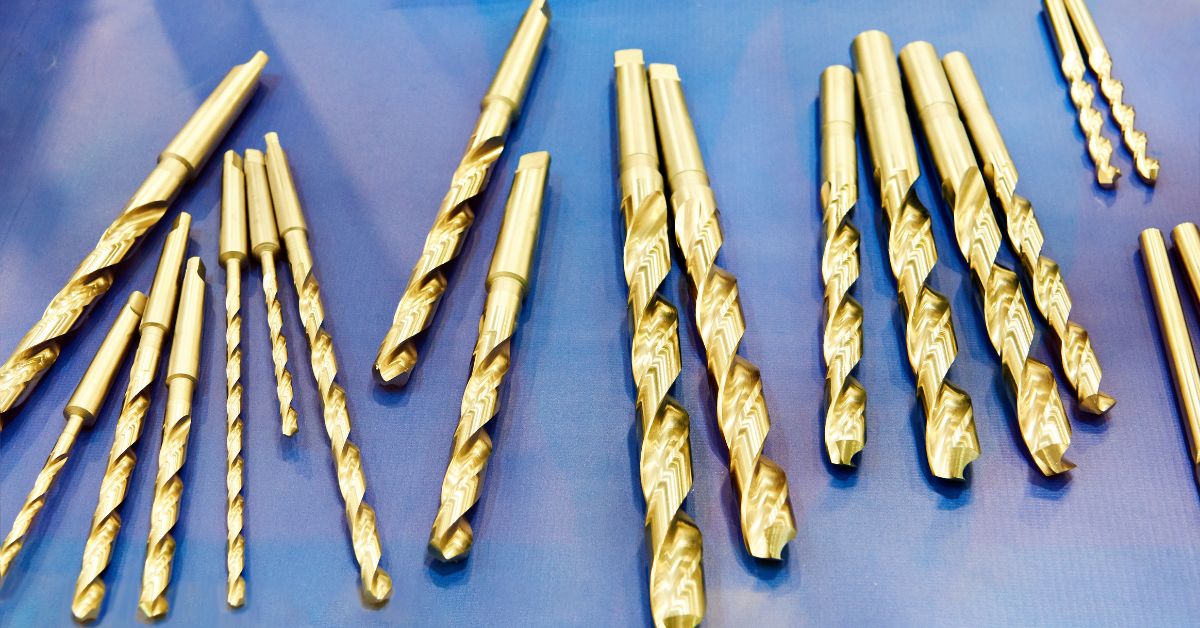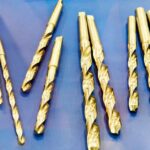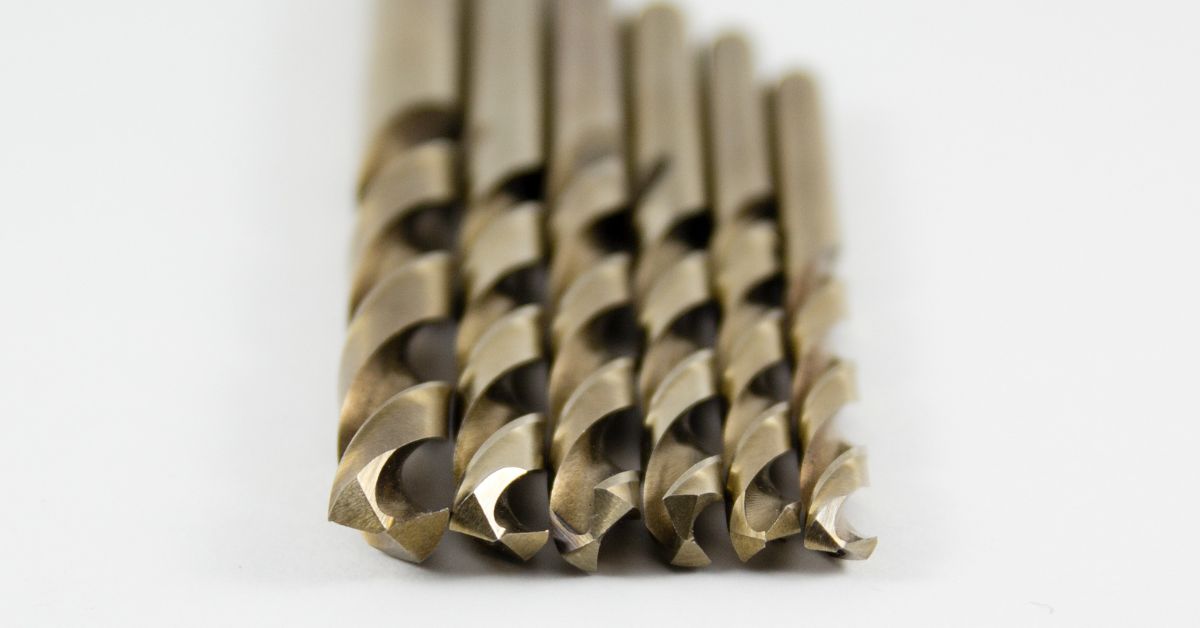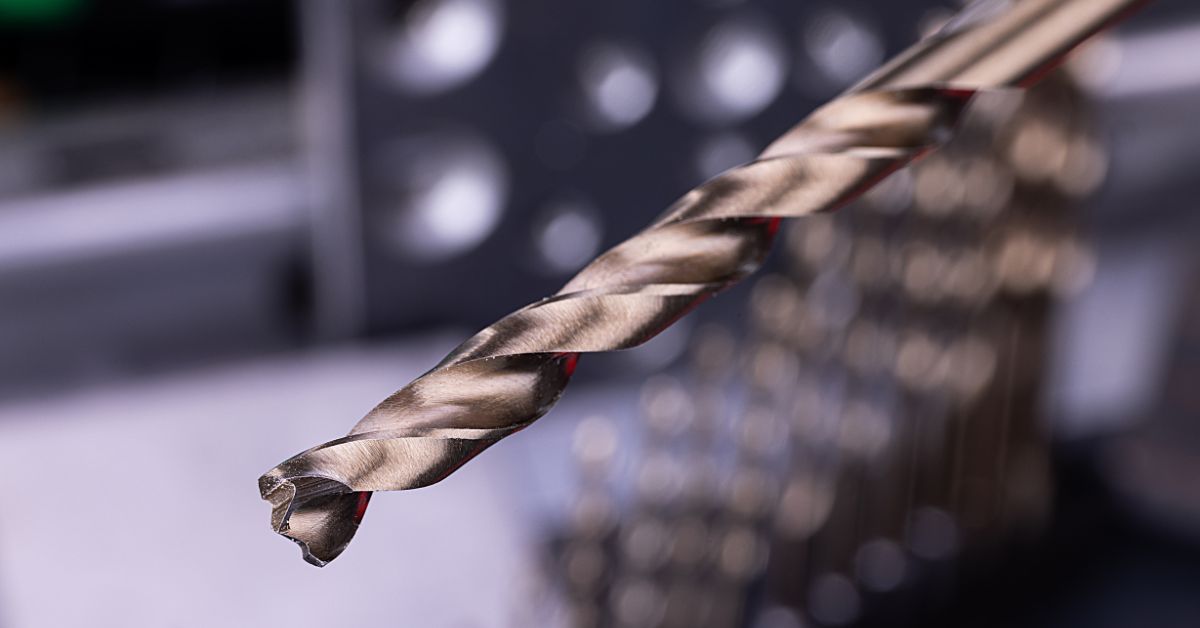Your choice of work tools directly affects the success of your projects. Chip breakers present unique advantages that enhance efficiency while you work. These features affect how the drill bit removes material. Understanding chip breakers in drill bit design can help you select suitable drill bits for your projects.
What Are Chip Breakers?
Chip breakers are embedded into a drill bit’s cutting edge. They help to manage the size and shape of chips produced during drilling.
Long Chips
Long chips are continuous strands of material removed from the workpiece during drilling. These extended spirals can pose significant challenges, such as clogging the drill bit’s flutes and obstructing the drilling process. This can increase friction and temperatures while damaging the drill bit and the workpiece. Getting rid of long chips is crucial for maintaining the condition of your drilling equipment.
Short Chips
Short chips are better for managing material fragments. They also prevent the chips from curling into long spirals, instead breaking into smaller, more easily expelled pieces. The result is a smoother drilling process with reduced friction, lower heat generation, and less wear on the drill bit.
The Role of Chip Breakers
Managing chip formation through chip breakers prolongs the lifespan of your drill bits. By controlling chip size, chip breakers prevent excessive heat buildup that could lead to premature wear or tool failure. Additionally, they contribute to a more stable drilling process, ensuring smoother finishes and fewer defects in the workpiece.
Heat Management
Chip breakers dissipate heat effectively by breaking chips into smaller fragments.
Tool Longevity
The chip breaker design actually extends a drill bit’s life. By minimizing the depletion associated with large, unwieldy chips, these features keep the bits sharp and functional for long periods, reducing the frequency of tool replacements and maintenance.
Surface Finish
A stable drilling process produces better surface finishes on the drilled material. With controlled chip size, the chances of surface defects—scratches and burrs—reduce. This leads to higher-quality outcomes for your projects!
Safety
Chip breakers also enhance operator safety. Short chips reduce the likelihood of entanglements or jams that can cause abrupt tool movements while mitigating the risks of accidents and creating a safer working environment.
Applications With Different Materials
Different materials respond uniquely to drilling, and chip breakers can adapt to these responses. Here are some ways a chip breaker reacts when you drill through various materials:
Metals
Aluminum
Aluminum is a soft, pliable material that produces long, continuous chips during drilling. Using chip breakers with drill bits for aluminum improves the way that chip fragments break. Additionally, they reduce flute clogging and diminish the risk of overheating and cracking the bit.
Copper
Copper is akin to aluminum—both generate continuous chips when you drill into them. Chip breakers improve evacuation and heat dissipation while reducing the chance of wear on the drill bit.
Steel
Steel includes various types, such as high-carbon steel and stainless steel. High-carbon steel, for instance, produces tough, stringy chips when you drill into it. These fragments are difficult to work with, but a chip breaker helps by crushing the chips into smaller pieces.
Non-Metals
Carbon Fiber
A chip breaker can also be beneficial when working with non-malleable materials. For example, carbon fiber is challenging to work with because it is a composite. When drilling with a chip breaker, the chips become abrasive dust. A chip breaker also prevents carbon fiber from fraying and gives it a polished look.
Plastics
Working with plastic may deter some people because it melts under high heat. No matter what kind of plastic you drill, a chip breaker guarantees the material won’t break during hole formation by breaking the chips into fine particles.
Wood
Wood, a naturally fibrous material, can generate long slivers or splinters during drilling. While drilling, a chip breaker interrupts these fibers by turning them into smaller chips.
Composite Materials
Fiberglass
Fiberglass is another abrasive material. When drilling, the chip breaker turns the fiberglass particles into a mix of fine dust and splintered fibers. Use this tool to prevent delamination and cracking in your workpiece.
Tips on Choosing the Right Chip Type
Selecting the appropriate chip type for your drilling tasks can optimize performance and ensure the longevity of your tools. Here are some essential tips to guide you:
Assess the Material
Work materials react differently to drilling. Metals such as aluminum and copper produce continuous chips, while cast iron naturally breaks into small fragments. Understanding the qualities of the material you are working with helps you determine the suitable chip breaker design.
Consider Chip Control Features
Chip control features, such as unique geometries and drill bit coatings, enhance the efficiency of the chip breakers. Look for optimized flute designs and surface treatments that aid in chip clearance and heat dissipation.
Match Chip Size to Application
The chip size can affect the quality and speed of the drilling process. Small chips are ideal for precise work because they reduce the chance of surface defects and ensure clean finishes. Larger chips may be acceptable for quick drilling tasks.
Evaluate Chip Evacuation Capability
Efficient chip evacuation prevents clogging and heat buildup. Drill bits with quality chip breakers and flutes move the particles away from the cutting area while maintaining a cooler and more effective drilling operation.
Choose a Drill Bit Coating
Coatings such as titanium nitride (TiN) and cobalt can enhance chip management by reducing friction and improving heat resistance. Select a coating that complements the material you’re drilling into and the type of chips it will produce.
Consider Cutting Speed and Feed Rate
The cutting speed and feed rate directly influence chip formation. High speeds and feed rates often produce long, continuous chips. Adjust these parameters according to the drill bit design and material properties to optimize chip breakage.
Use the Right Drill Bit for Your Chip Breaker
When you understand chip breakers in drill bit design, you can appreciate the effectiveness of these tools. If you’re seeking high-quality tools, Drill Bit Warehouse offers a range of options, including cobalt drill bit sets. You can rely on us to recommend the products we use and trust ourselves. Drill Bit Warehouse is your reliable source of guidance when purchasing professional-quality products.






